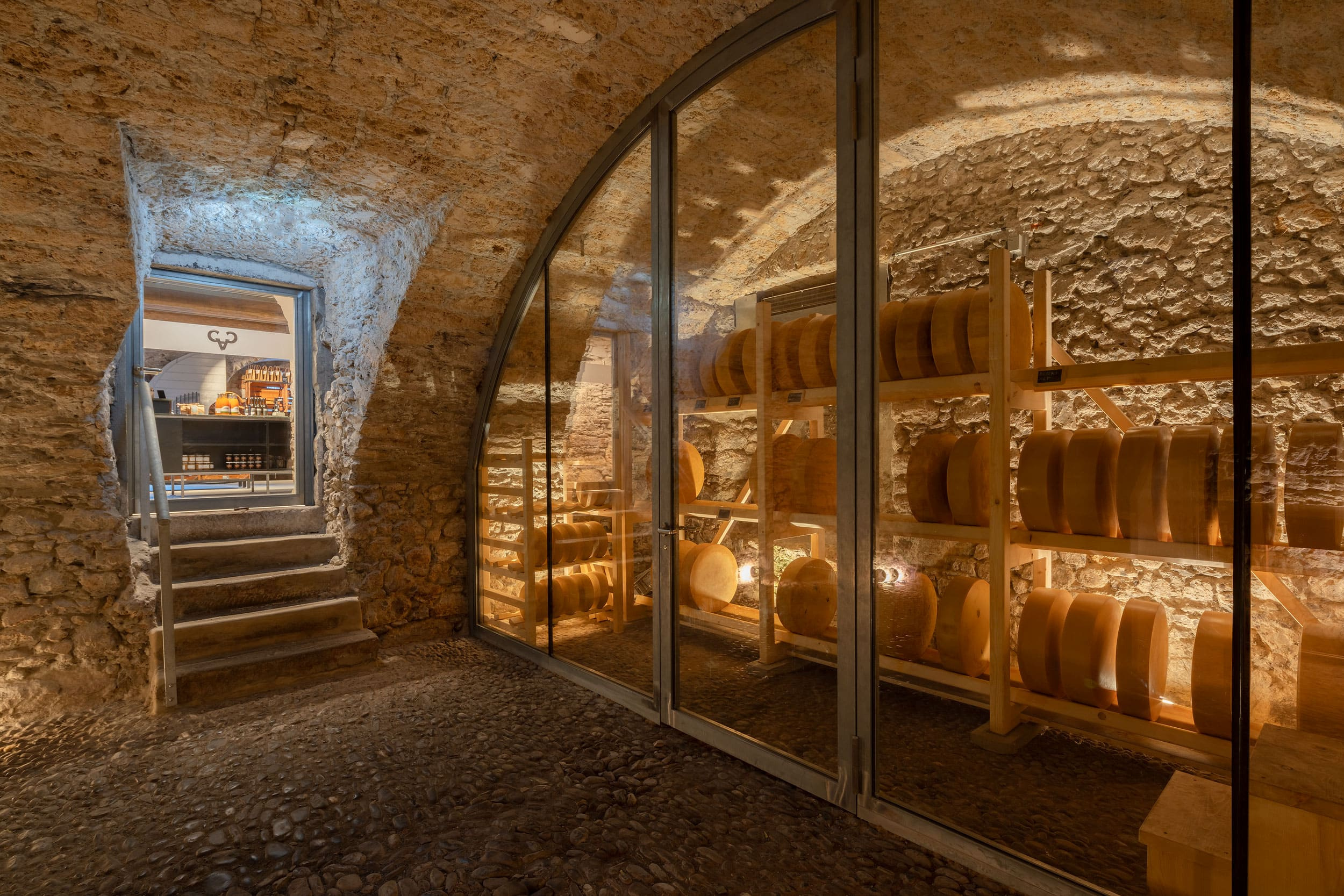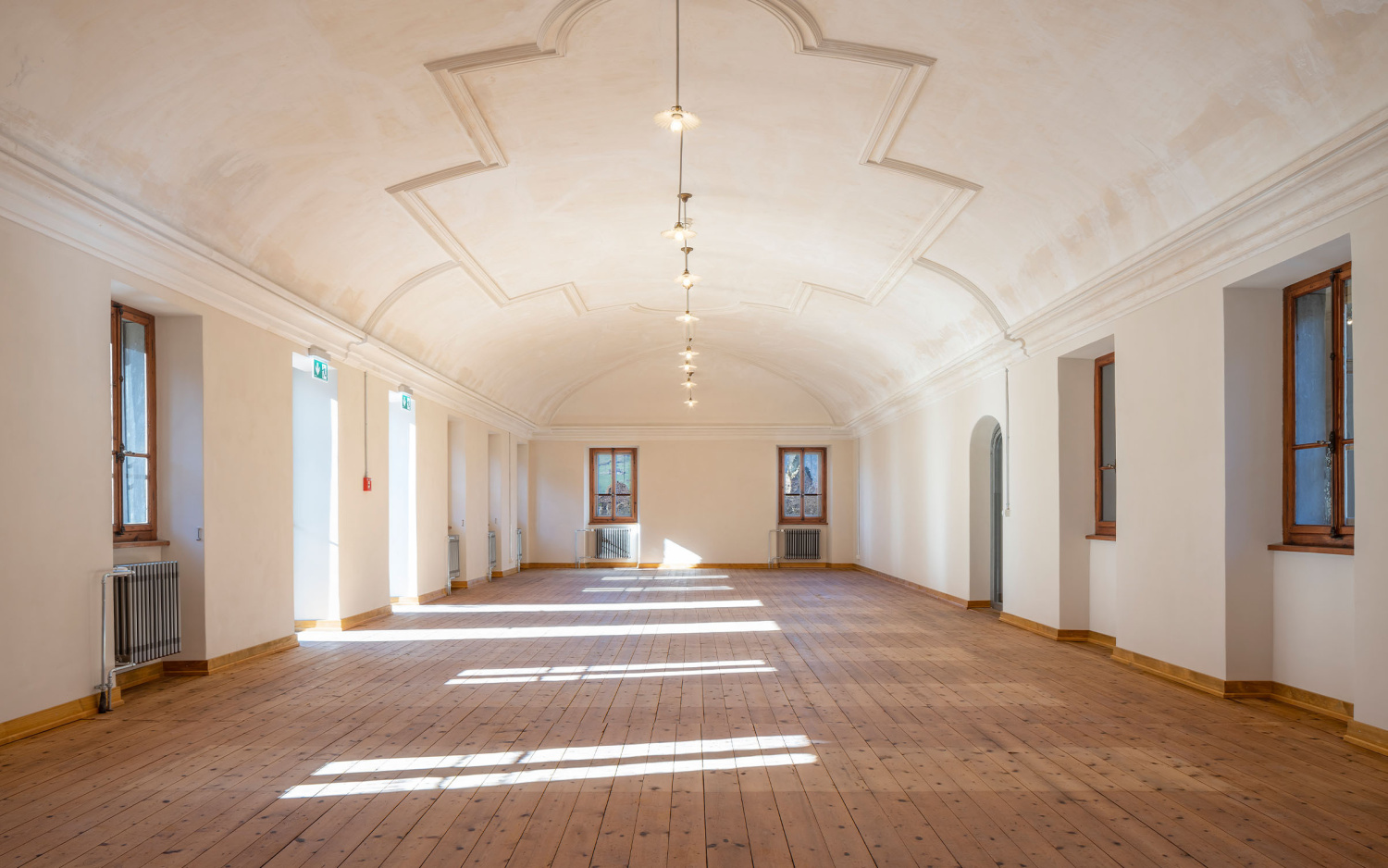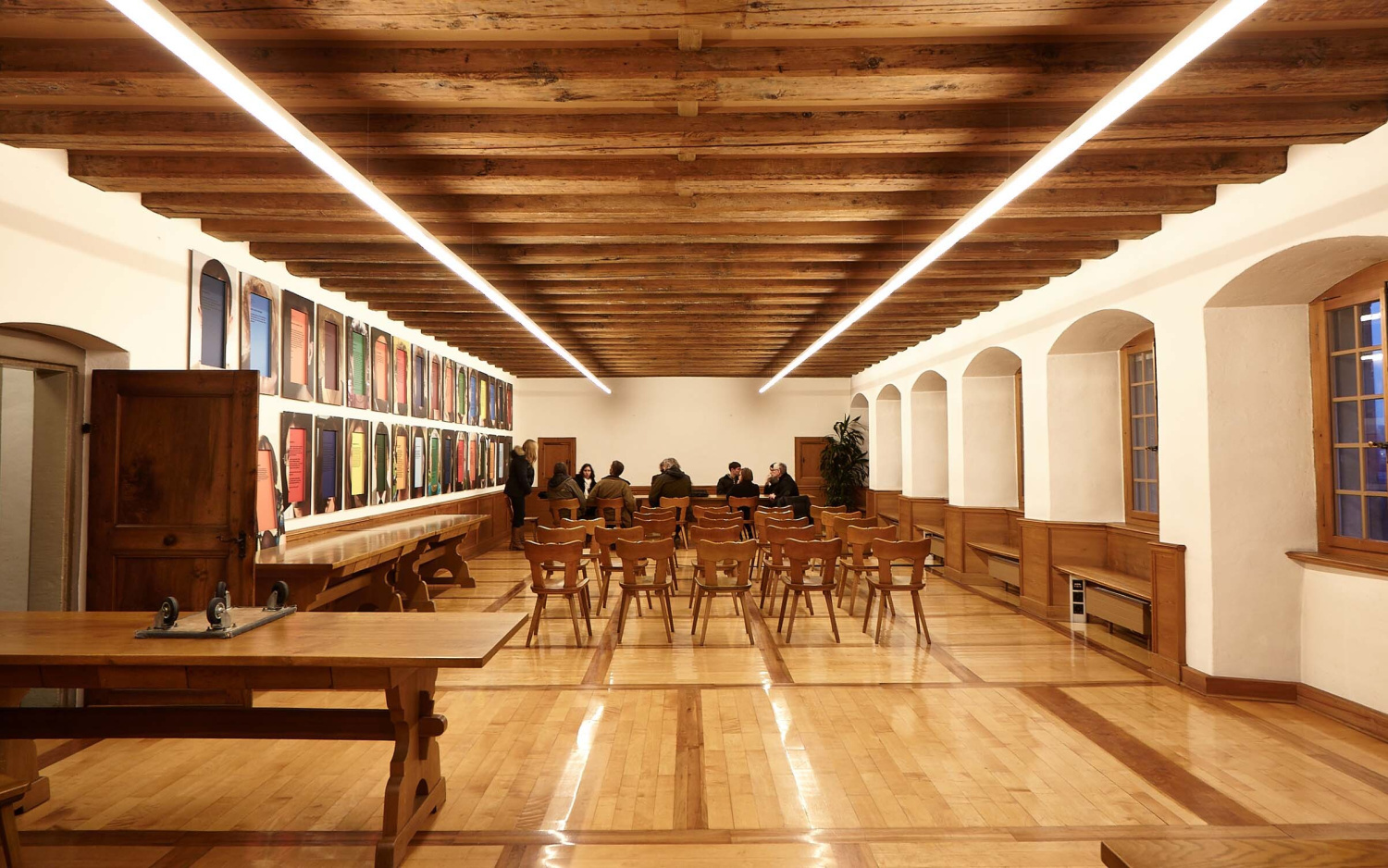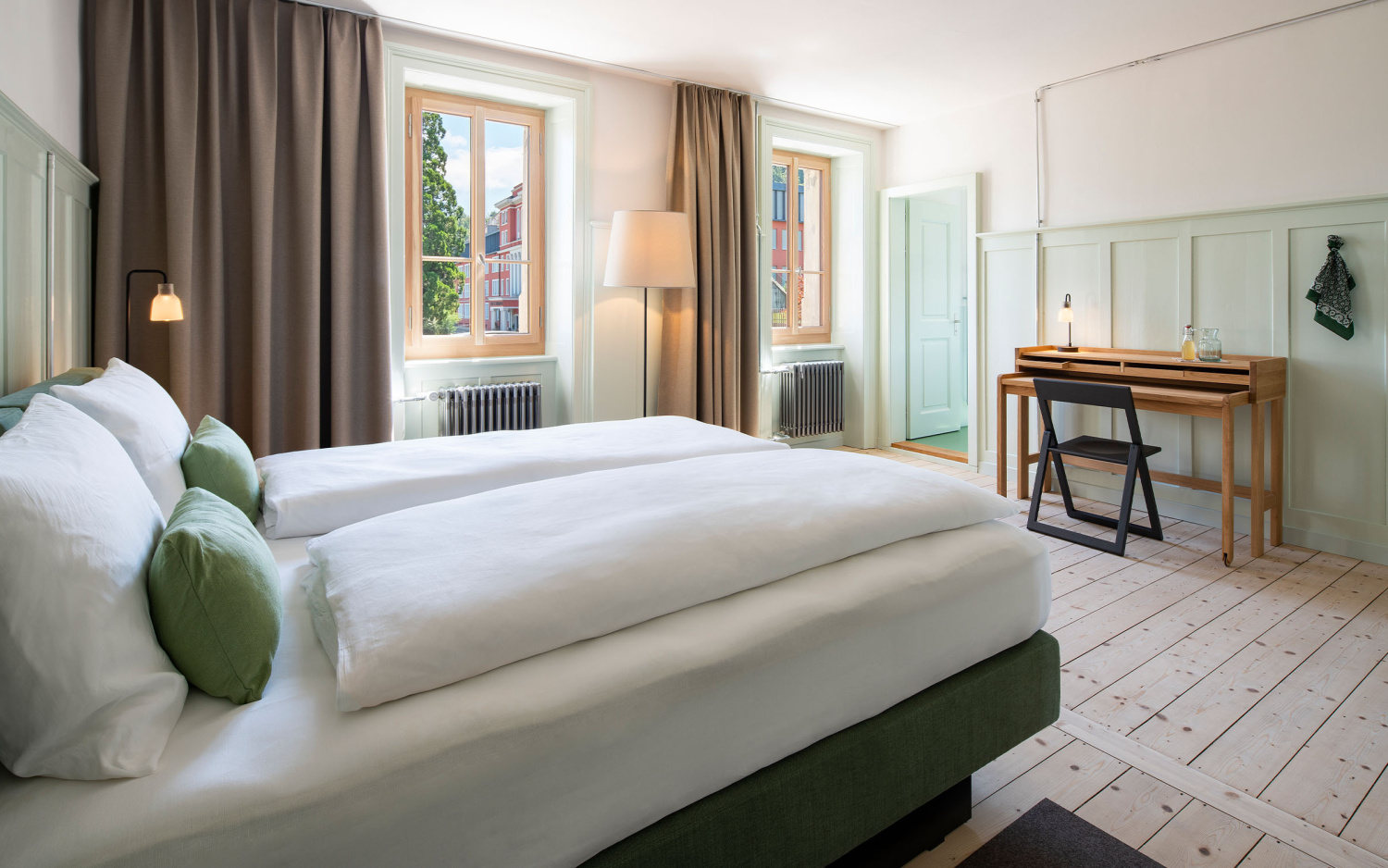History
The Capuchin monastery was donated by Melchior Lussi (1529-1606), a landowner and knight from Nidwalden. At the time of the Counter-Reformation, Lussi, as an emissary of the Catholic towns, called the Capuchins to the country. In 1584, they moved into the monastery on the Mürg in Stans. The humble friars in their brown robes were not very welcome at first, but in time they were accepted and in 1683 the monastery church was built.
read more
100 years later the Capuchins opened a Latin school, which remained closed for a few years because of the "French invasion" of 1798. The "conversion" of the church by Napoleon's troops also occurred during this period: the church was used as a stable. In 1895, right next to the monastery, the College of St. Fidelis was founded, which was run by the Capuchins until 1988. In the nineteenth century, the first total renovation and expansion of the monastery took place. Therefore, the monastery has two attractive courtyards and a two-part cloister. In 2004, the monastery was dissolved and the last friars left their refuge; the monastery passed to the canton of Nidwalden. After a long period of vacancy and an unsuccessful conversion, the canton approved the innovation concept of the KEDA Foundation, Culinary Heritage of the Alps. A competence center for alpine culinary arts was to be created here. From 2018, under the direction of the Rothen architectural office from Winterthur, a gentle renovation with conversion was undertaken. The requirements of the preservation of historical monuments were strictly observed. Wooden and stone floors were left as far as possible, and the facades also remained unchanged. Corrections were only made to the interior. The refectory was turned into a restaurant, the library into a banqueting hall with a garden room, and some of the monastery cells into hostel rooms. Likewise, some rooms were converted into seminar areas. Former school rooms became a course kitchen for training courses and a terrace was created in front of the house. In the cellar, in addition to an attractive monastery store, a cheese cellar was set up, which from now on, as the home of the Alpsbrinz, should contribute to saving this rare cheese. From 2021, the "Edible Landscape" was created in the former monastery garden, which is home to many herbs and over 250 varieties of fruit and berries. The snack garden with rarities, new and old varieties, is intended to contribute to biodiversity and is deliberately designed as an experience garden.
























